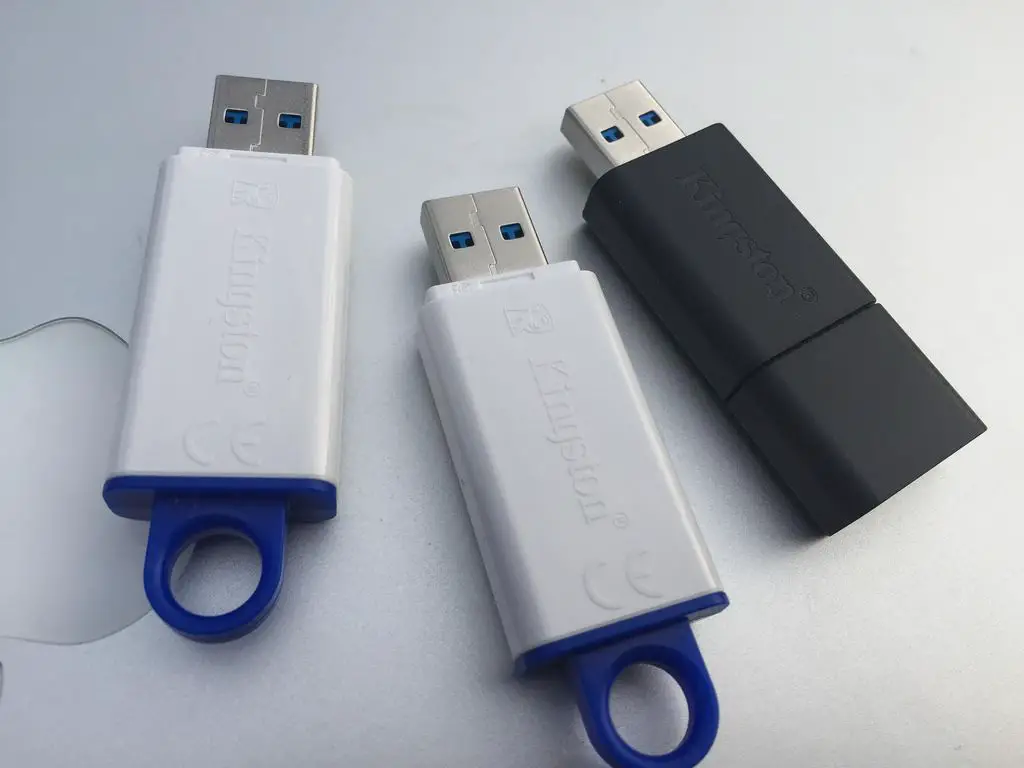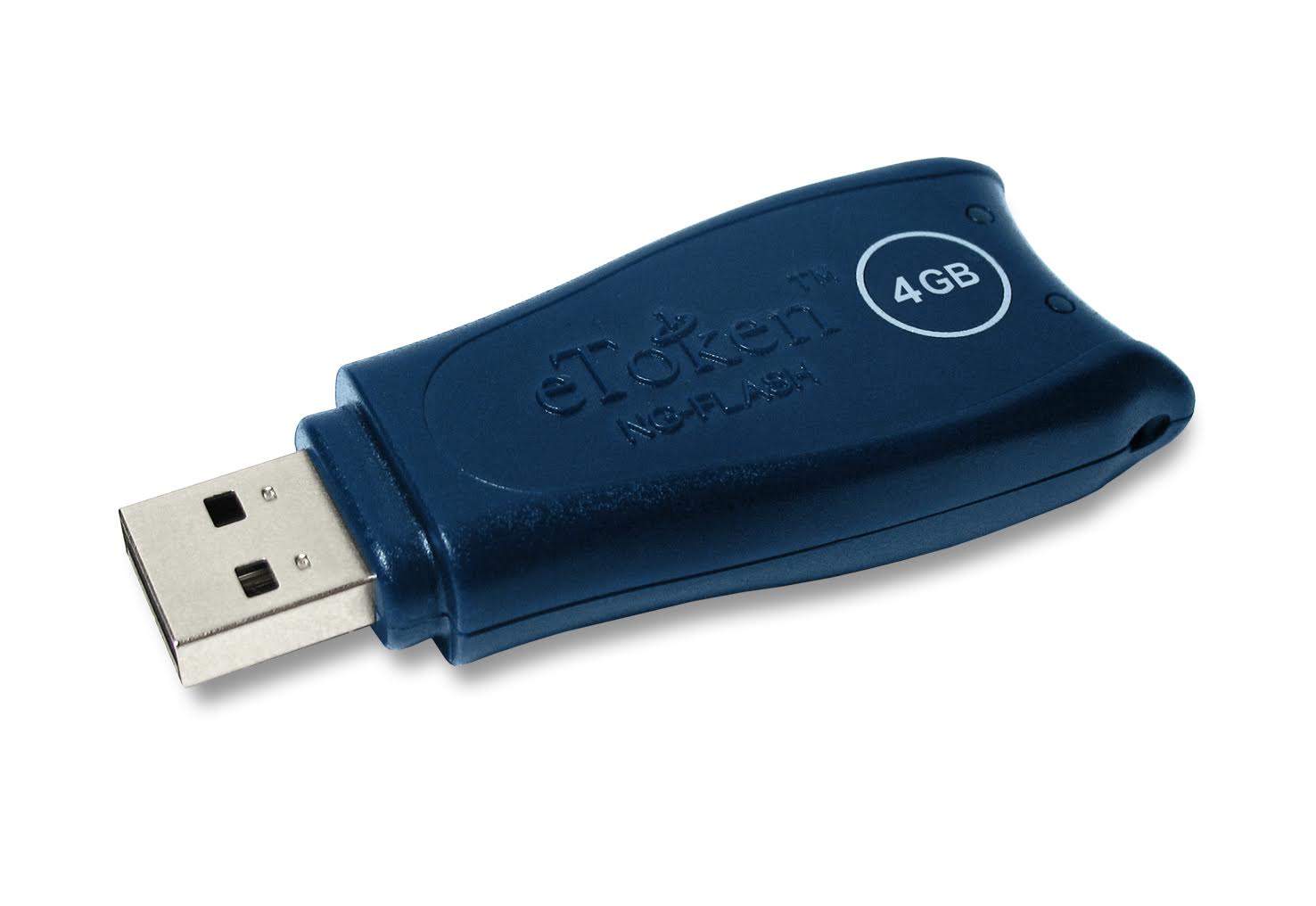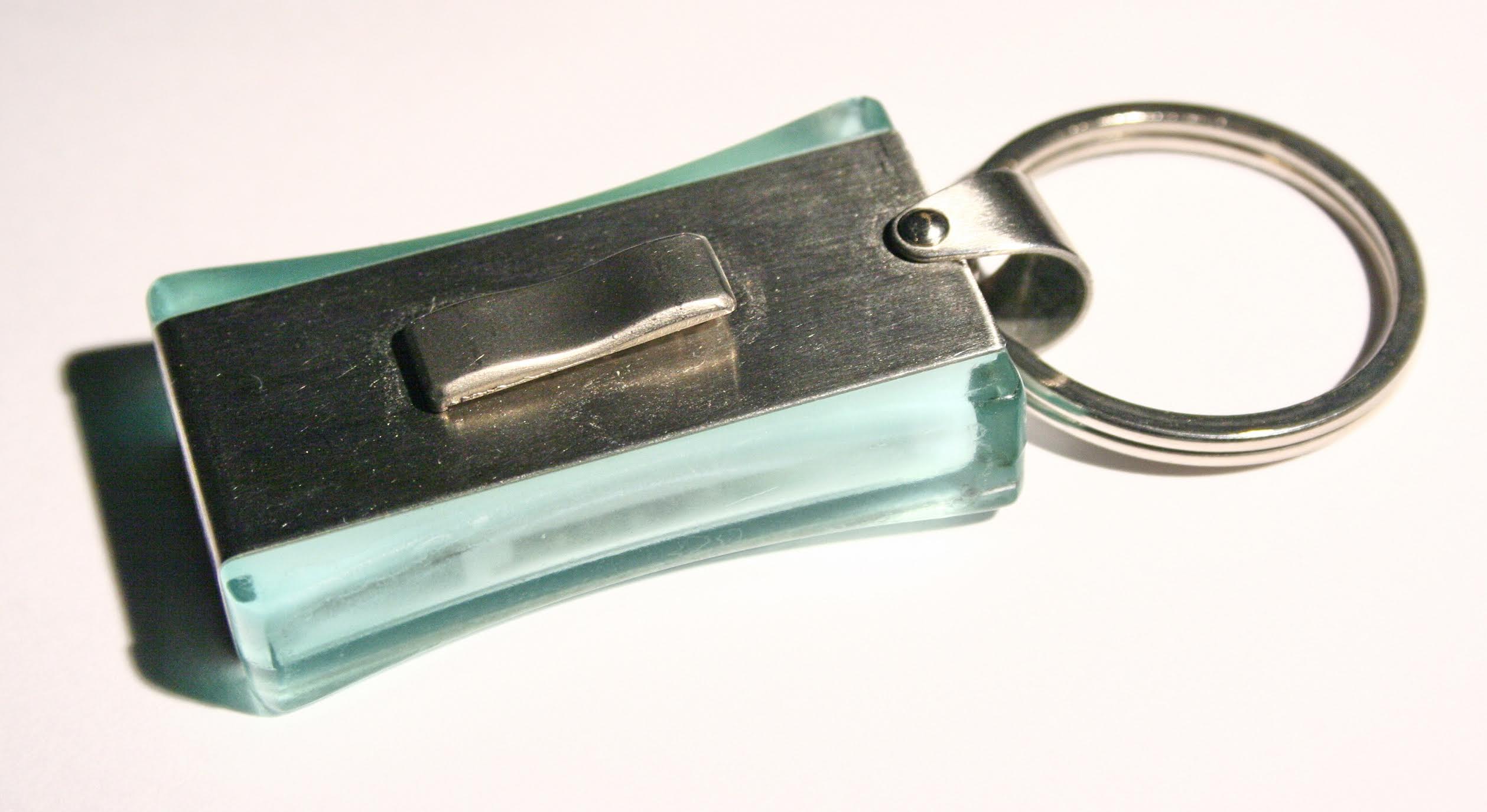
Note: This is a guest post written by Tom Reilly
The features of a USB pen drive
A USB drive is a gadget created for the storage of various data. It is important to understand that memory chips are do not have an eternal lifetime, there is a limited amount of times that data can be written to and deleted from it.
Buying cheap or inferior versions of flash drives drive or handling them inappropriately may lead to unintentional loss of data.
Flash drives may differ in the following characteristics:
- Storage Space
- File System
- Memory Chip Brand and Quality
- Materials
- Etc.
Is it possible to extend the life of the USB drive?

Modern devices are much more reliable than the previous models; nonetheless, it is important to do everything you can to take care of your flash drive to ensure its reliable functionality for years to come. Please follow the steps outlined below to prolong its service life.
USB flash drives are able to read and write information written onto cells that are embedded into a memory chip itself. However, the number of times the information can be written to a cell is limited; therefore, the first thing you can do for the prolongation of the drives’ life is to minimize the number of read and write operations.
Additional methods to extend the life of a USB flash drive
- Avoid various physical damages. It is vital to store flash drives in a safe place, for instance; in a purse, box, or pouch. In the event of a sudden fall, the drive may suffer permanent damage. Also, you can find
- flash drives in a metal case at logousb.com/products/.
- Water and/or dust should never enter the inside the case of the drive. This may lead to serious damage to the chip and malfunction of the memory chip.
- Applying too much pressure and rough handling while inserting or ejecting the device can too cause permanent damage to the drive.
- Do not touch the surface of the contacts. Oil and water from, your finger can erode and damage the metal contacts.
- Safely eject the drive from your computer when not in use. The devices should not stay inserted in the USB slot. The operating system will continue to repeatedly check the device for changes and as a result wear out prematurely shortening the life of the flash drive. Keeping the drive inserted also increases the risk of a short circuit that can render your device unusable.
- Repeatedly making changes, edits and saves to the same file on a device eats away the limited amount of read/writes that a drive can do within its lifetime thus shortening its lifespan.
- Always use the remove drive safely options in your Windows or Mac operating systems, this reduces the risk of corrupting files on the drive and possibly causing a static shock to the drive that may render the device unusable.
- Avoid disk defragmentation. It is important to remember that USB flash drives do not demand defragmentation. If you still do such an activity, you slowly damage the device by eating away at the number of read/writes that the drive can do.
- Perform regular backups of your flash media. Even if everything seems to be functioning well, situations may happen out of your control that may cause complete data loss from the drive; therefore, a backup is a good preventive measure and habit to have. In most cases, data retrieval from a failed device is not possible.
- Malware and viruses are very harmful programs can make damage to the flash drive by replicating itself repeatedly without your permission eating away at the read/write limit of your drive. In addition, viruses cause damage your files, PC or the other connected devices. If you suspect a viruses or malware infection, please use an antivirus programs to quarantine and delete it.
The above-described methods are suggested to help save and extend the life of any USB drive are easy to follow.

This will provide many years of life and stability to your device and keep your important files safe and secure.






